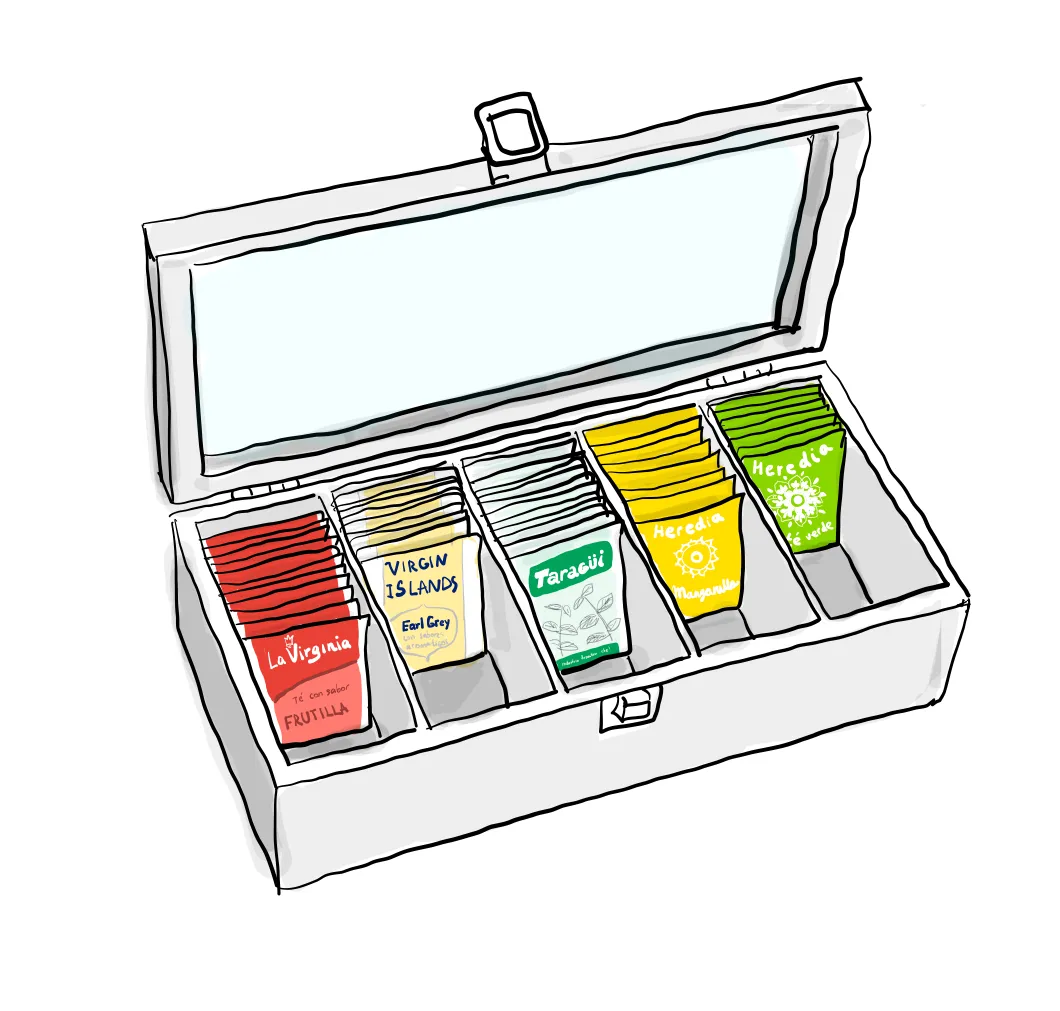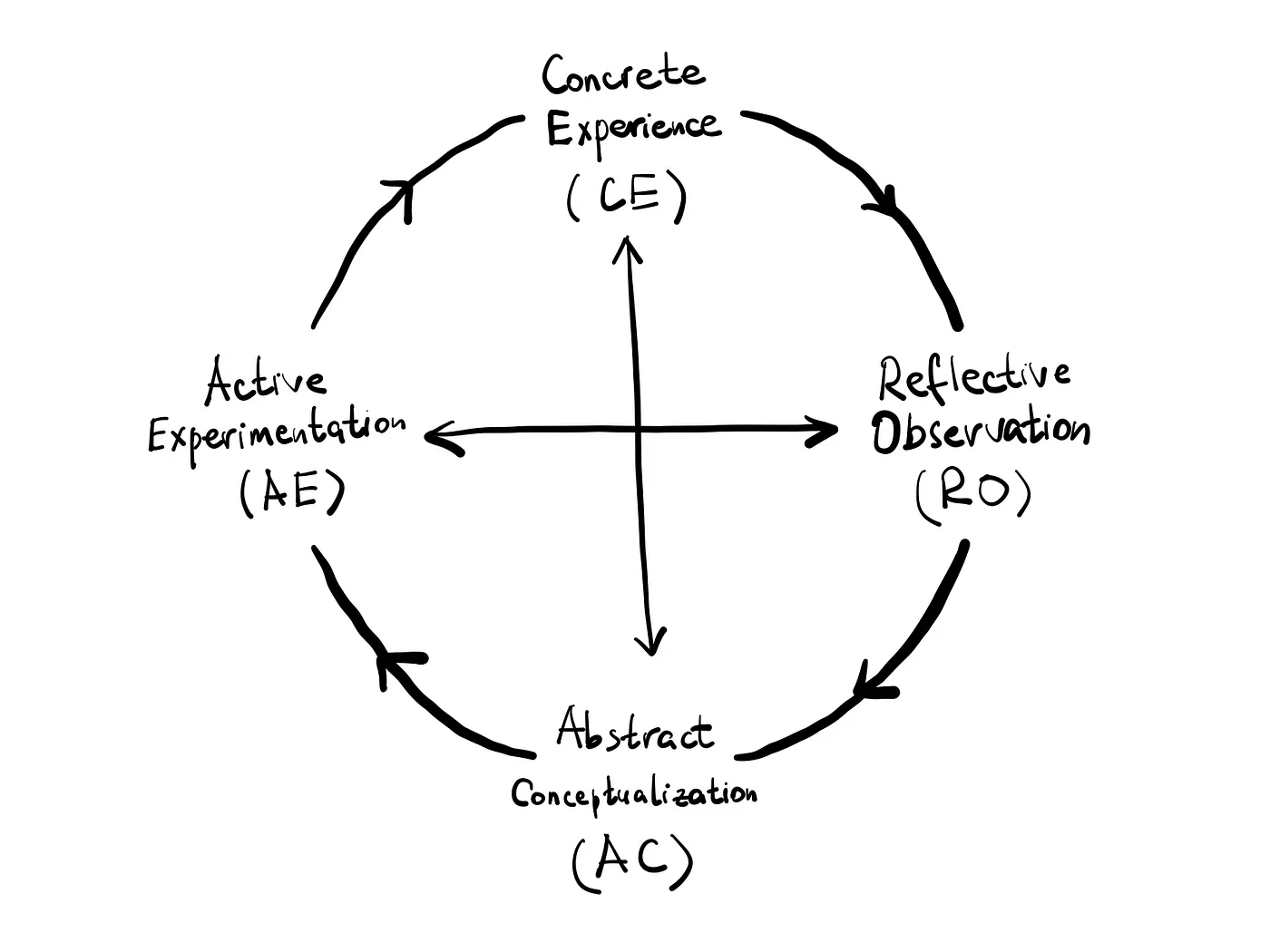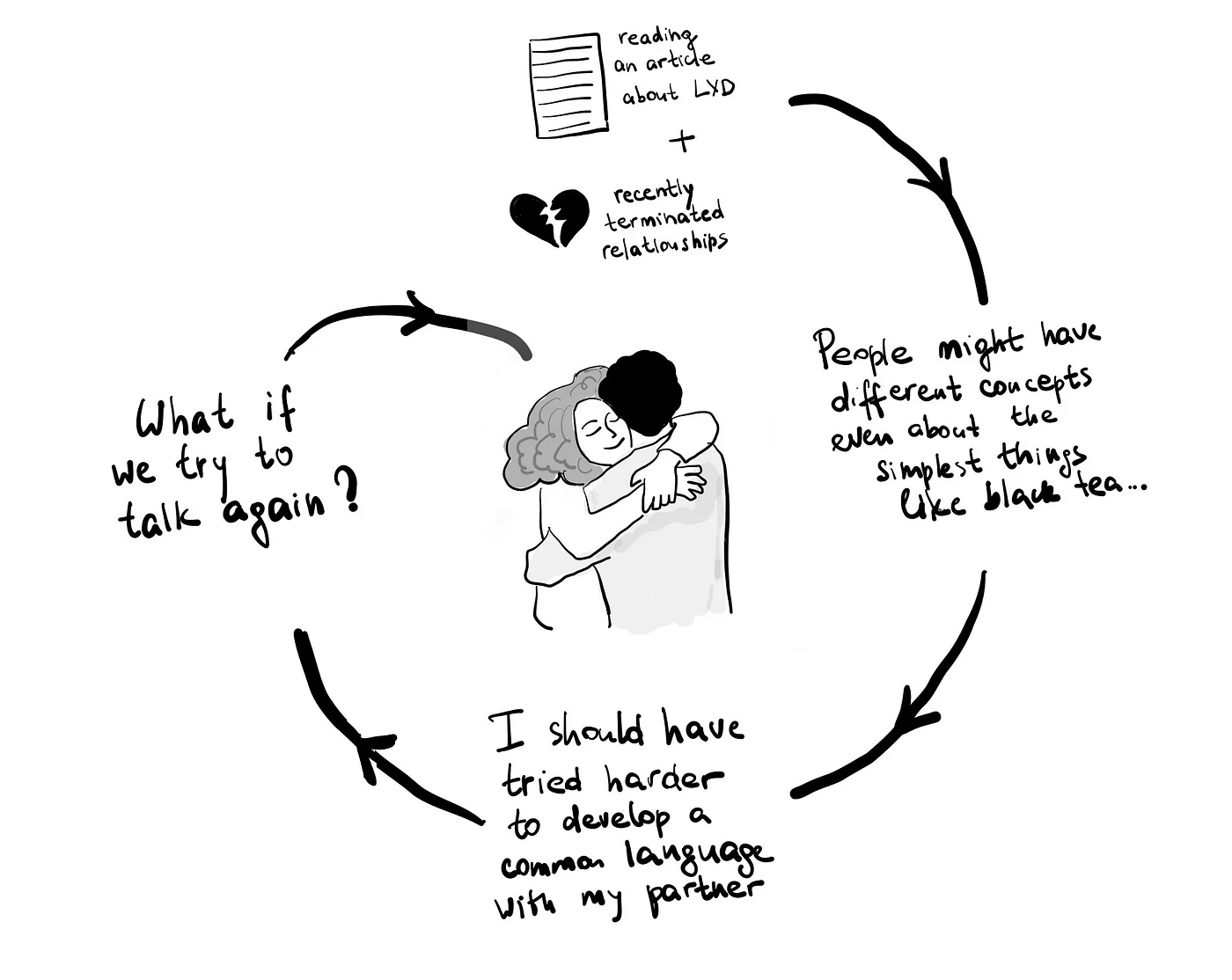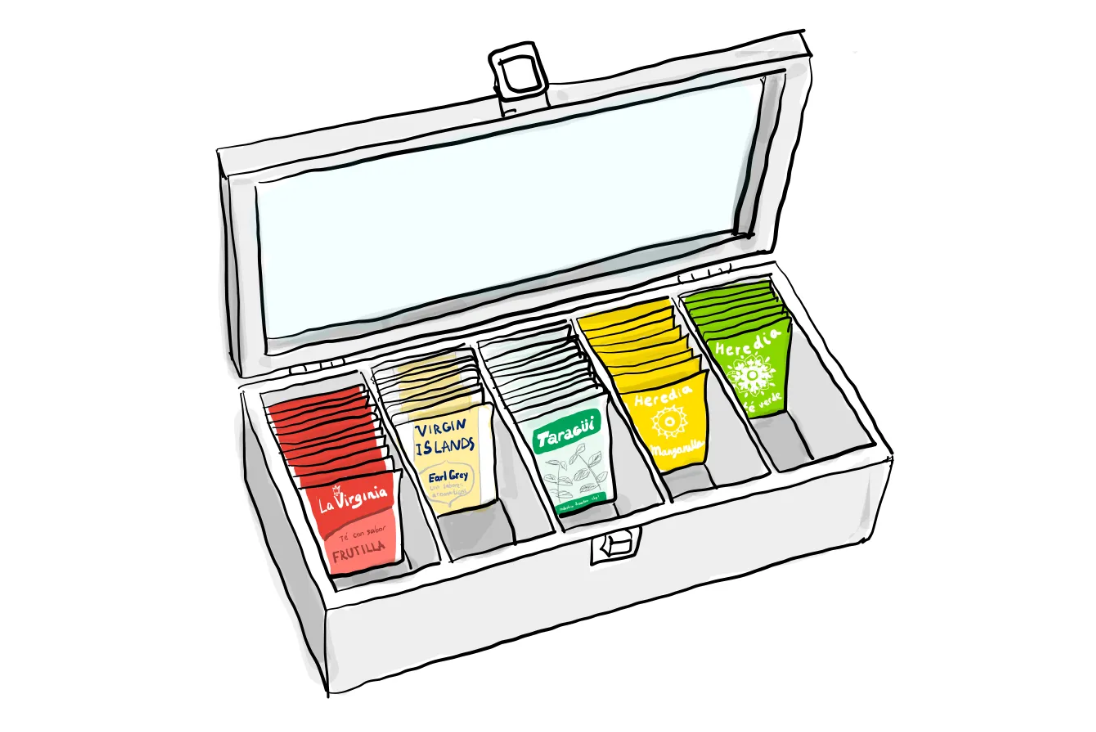October 4, 2023 – Maria Galaykova |
When I arrived in Argentina for the first time and attempted to order black tea in a cafe, the answer was “Sorry, we don’t have black tea”. “Ok, which tea do you have?” I responded. “We have té común, chamomile tea, green tea, and fruit tea”. I thought it was strange but was too tired to ask more questions, so I went for green tea. Going out of the café I saw this:
 There was Earl Grey in the box! So, they did have black tea 😳
There was Earl Grey in the box! So, they did have black tea 😳
Then I experimented a bit with tea names in other places. It seemed to be a common misunderstanding in many cafes in Buenos Aires. For a waiter who only had packaged tea, the tea bags in the box had to be labeled as “té negro”. He would not recognize black tea in the “Earl Grey” option, because it was labeled as “té común”. But if we think about it on a more abstract level, black tea is made from oxidized tea leaves, and a flavored black tea is still black tea, even if this combination has its own name like “Earl Grey” (which is the most popular flavored tea in Buenos Aires, therefore it is called “common tea”).
In my opinion, something similar happens to Learning Experience Design. Under learning experiences, some understand digital content like videos, podcasts, texts, and quizzes — standard pre-packaged solutions. But there are so many more possible learning experiences out there!
(Moreover, a text or video is strictly speaking not a learning experience yet. The learner should interact with the content to get an experience, as the tea bag should be first put into hot water to become a drink.)
Let’s challenge this simplified view and look inside the tea bag labeled as a “learning experience”.
According to LXD.org and Niels Floor
“A learning experience is any experience we learn from”.
Pretty straightforward, isn’t it? Yes, BUT … How exactly do we learn from an experience?
David Kolb asked himself the same question and developed a four-stage experiential learning cycle:

Kolb’s Learning Cycle
The cycle has 2 axes. The vertical axis is about how a person acquires new information — either in a concrete experience or as an abstract concept. The horizontal axis is about how a person processes information — either through reflective observation or active experimentation.
According to Kolb’s experiential learning theory, the most effective learning happens if a person goes through all 4 stages. Let’s look at them in my black tea experience example:

This is what and how I learned from my own experience. However, we don’t always have to have concrete experiences to learn from them. You have just learned a curious tea fact about Argentina without actually traveling to Argentina, meaning that you acquired the new information as an abstract concept. But at the same time…
We cannot learn without experience!
You might be thinking that these two statements are contradictory. But here is the thing: reading this text IS an experience for you. Learning from this experience follows the same principles, and what you will learn depends on many factors:
On one hand, how this article is written and visualized can influence your experience, and hence, your learning. Imagine this article without pictures or without examples. Would you have the same experience?
On the other hand, you have your own previous experiences, motivation, preferences, and emotions, which impact your learning. Imagine if you had just broken up with someone who loved black tea. How would the example make you feel? You would probably feel sad and not have positive feelings from the article. Maybe the example would even distract you from LXD because you would be reminded of your personal situation. Does it mean you would learn nothing? Not at all!
Let’s take our imaginary reader who has broken up with a black tea lover. His or her learning experience from reading this article might look the following way:

Different people will have different unique learning experiences from reading exactly the same article.
You see, we are not programmed machines that only have one experience at a time. When we experience something new, be it traveling to another country or reading an article, we go through many continuous learning cycles, consciously or unconsciously.
When we say “learning experience” we should mean all these processes that happen in the learner’s mind and not only the interaction with the real world we can observe. Also, we should not forget that when knowledge is acquired as an abstract concept, this process is still an experience itself, and this experience can and should be designed to include other stages of Kolb’s learning cycle. Because if you don’t design with these stages in mind, either learning does not happen, or the learners will learn something completely different from what you want them to learn (which is not bad per se, but it is not very helpful for goal-oriented design).
The learning experience designer’s task is to find out which experience or a combination of experiences will bring the desired learning outcome for the learners and to design this experience.


Comments
Pingback: Semantic struggles of a learning experience designer – LearnSwift